Dantian: The Etymology
Dan is a Chinese syllable that translates as “elixir”. But literally, dan is the word for “cinnabar,” or “vermillion”. Vermillion is a form of mercury used in making red ink. And Chinese medicine also used vermillion for medicinal formulations.Tian means “field”—as in “wheat field” or “magnetic field.”
In the context of Qigong, dantian means “qi reservoir”. But you may be more familiar with the Indian yoga term chakra. Chakra means “wheel,” or “energy hub.” We have various energy centers in the body. Depending on the system of practice, we focus on any number of them at one time.
Dantian: Location
Generally speaking, the dantian energy center refers to the main qi reservoir in the body. Moreover, it is centered inside the abdomen, with a superficial access point about 3 finger-widths below the navel. We might describe it roughly as the center of gravity of the body. And, like the hub of a wheel, it is the mechanical center around which movement is organized. Sometimes this hub is referred to as the “lower dantian.”
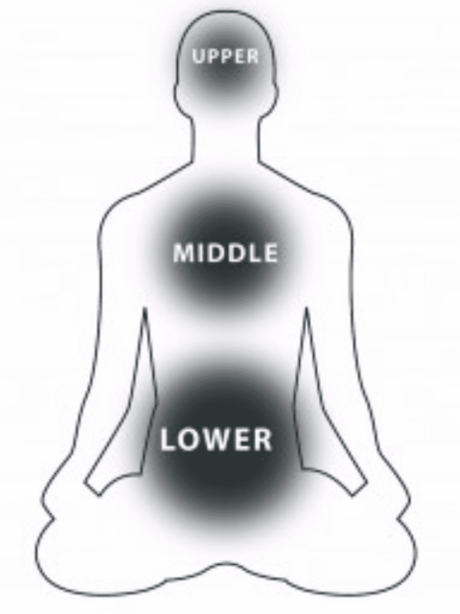
Next, the “middle dantian” is centered in the chest. And finally, the “upper dantian” is centered in the head. When sitting or standing, walking or practicing taijiquan (Tai Chi), we should aim to have the 3 dantians vertically aligned. In this way, when we align properly, we promote a harmonious relationship with heaven and earth, ie the force of gravity.
Many kinds of methods can be used to cultivate the energy in the dantians. These include breathing techniques, visualization, and movement. Certainly, it helps to think of the lower dantian as representing the physical center of the body. Moreover, the middle dantian represents the emotional or energetic center. And lastly, the upper dantian represents the spiritual center of the body.



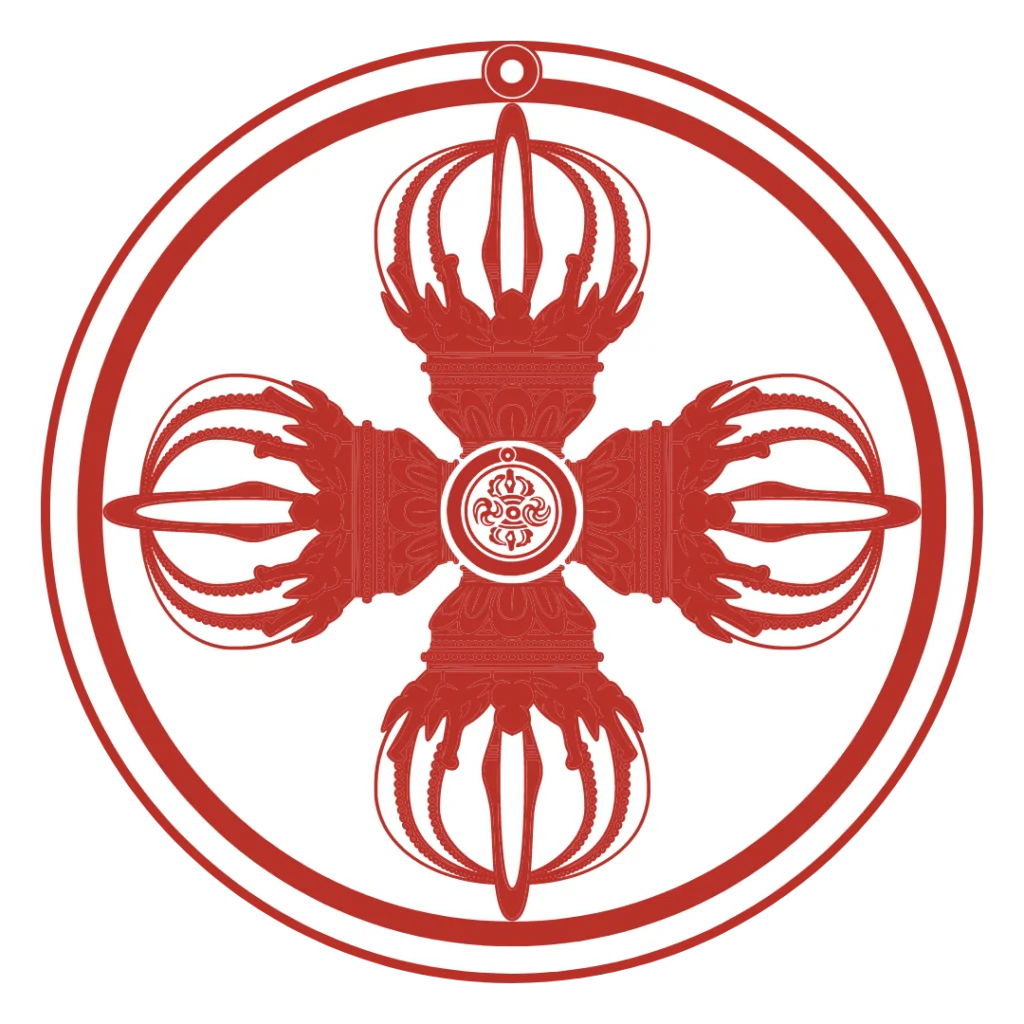
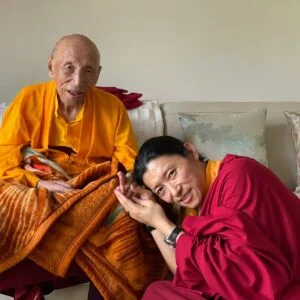
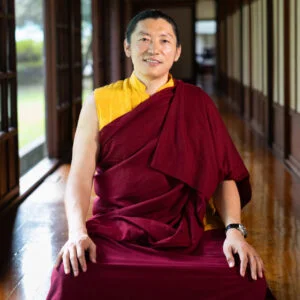
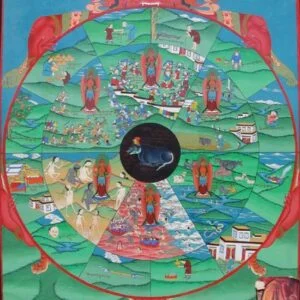

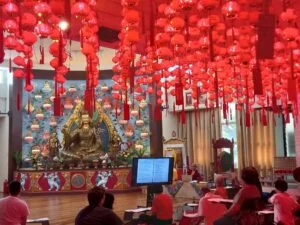

Responses